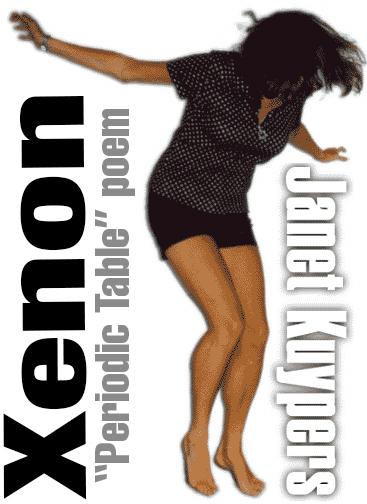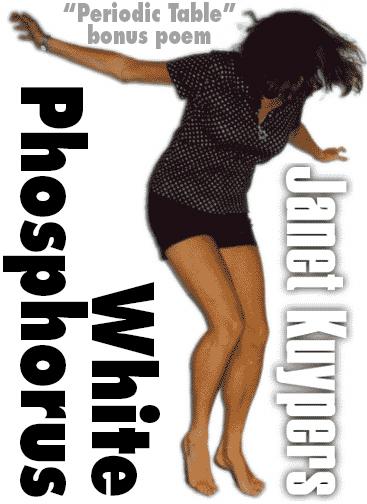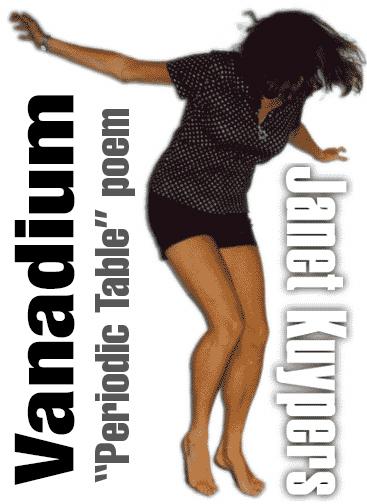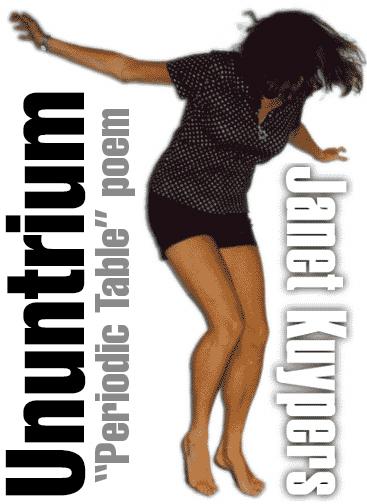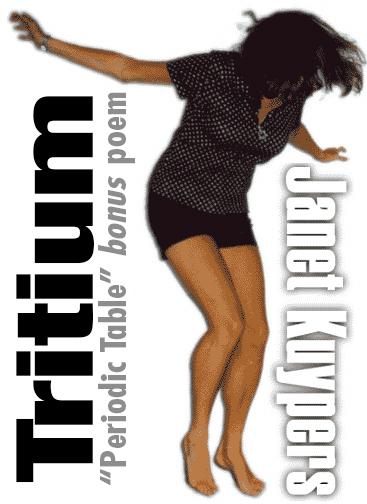Ytterbium
Janet Kuypers
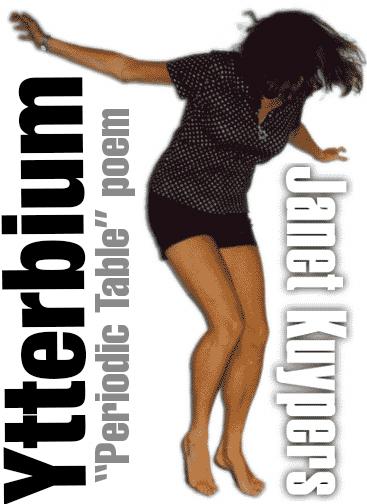
from the “Periodic Table of Poetry” series (#70, Yb)
(with references to the poem “Writing Your Name ”)
11/15/13
I’ve searched for you.
Though others may say otherwise,
I know you’re not at all rare —
so I’ll still keep searching.
You’ve always been on time
whenever I’ve wanted you,
but you seem to leave
that fire in the air as you leave…
And you always escape me,
like you slip between my toes
as I’m walking along the beach,
like grains of complex sand,
each grain a nearly microscopic
crystalline rock.
Like you’re minute crystal,
sliding by me
as I walk on by.
I know you’ve always
mixed well with others,
so I’ll go that beach.
I’ll sit there
and take a stick
and write your name
in that precious sand.
I’ll check my watch —
how long have I
been searching?
I’ll run my hands
along those grains of sand.
I’ll study those compounds
making those grains of sand,
those ragged crystalline stones.
Those crystalline stones remind me
of the shards of doped glass
that shattered
when I saw you last.
And now it’s been so long
that I’ve been looking for you.
I’ll check my watch again.
I’ll pull out my pocket
infrared laser light pen.
I’ll shine it on the sand.
I’ll look to see
if anything
reflects light
in different colors back to me,
wondering what I’d see
if my eyes could see
in infrared light
in my search for you.
As I said,
I’ll so anything
in my search
to find you.
I’ll check the time again.
My watch has to be on time….
Because I don’t care
what anyone says.
I wrote your name
in the sand,
and if the elements
wash away your name tonight,
I will be back tomorrow
to write it again.

